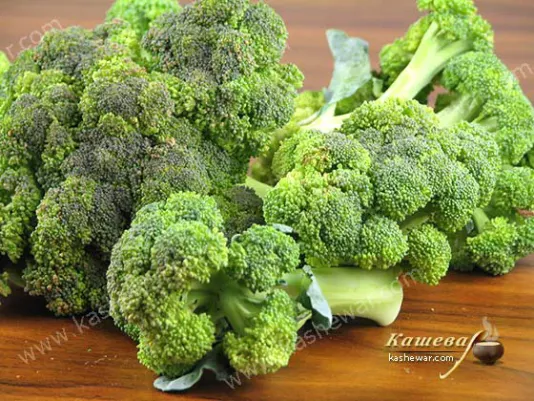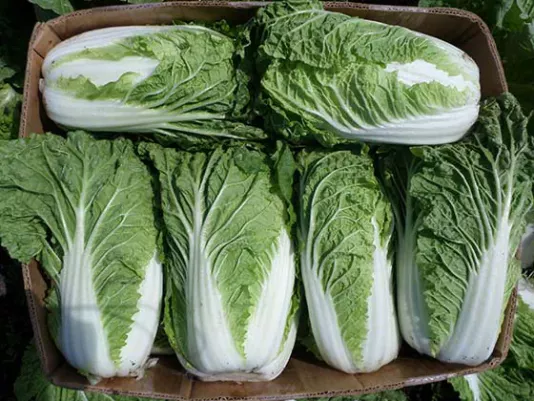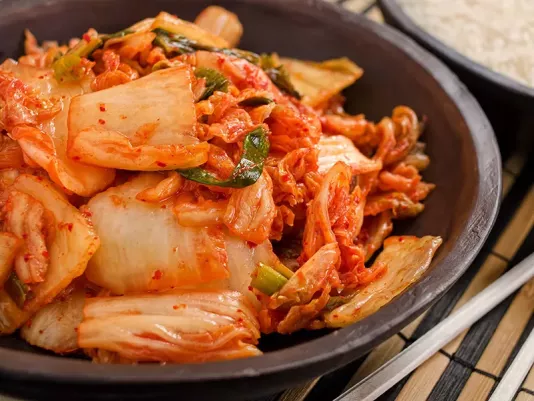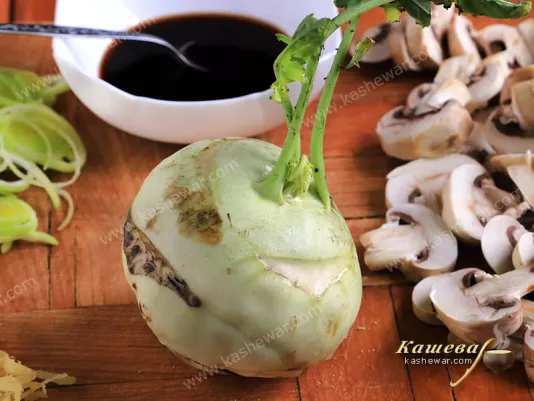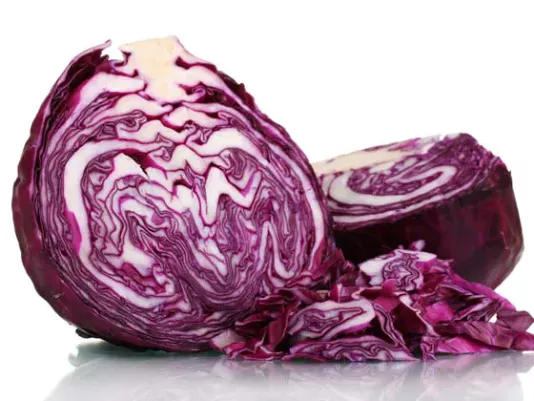Cabbage and Broccoli
Cabbage vegetables have always been the foundation of many dishes I cook at home, as their flavor and versatility make it possible to prepare both simple everyday meals and more refined culinary masterpieces. Over the years, I have learned to use different types of cabbage – from the common white cabbage to broccoli and cauliflower – and each has its own advantages. White cabbage is perfect for borscht, stuffed cabbage rolls, or salads, broccoli I often steam to preserve maximum nutrients, and cauliflower most often turns into tender puree or casseroles in my kitchen. I have noticed that cabbage vegetables pair easily with meat, fish, and other vegetables, creating balanced and nutritious dishes. In addition, they are excellent for a healthy diet, as they are low in calories yet packed with vitamins. Thanks to these qualities, cabbage vegetables have become the true foundation of a healthy menu for me, and I always recommend them to anyone who wants to make their diet more diverse and beneficial.
Different Types of Cabbage Vegetables
White Cabbage as the Basis of Traditional Dishes
For me, white cabbage has always been a versatile vegetable that is easy to find at any time of year. I often use it when making borscht, stuffed cabbage rolls, or sauerkraut, and each dish has its own unique flavor and benefits. What I love most is preparing fresh cabbage salads with carrots and herbs, as they turn out light and refreshing. When I make stuffed cabbage rolls, I always choose young cabbage leaves, because they are more tender and cook faster. Sauerkraut is a topic of its own: I prepare it every year, and it provides me with a healthy product that keeps well in winter. I am convinced that white cabbage is the base for many dishes that every cook prepares regularly. It not only adds heartiness but also makes the diet more varied, as it can be boiled, stewed, baked, or eaten raw. This vegetable is always at hand and opens up countless possibilities for culinary experiments.
Broccoli as a Source of Benefits
I discovered broccoli as an adult, and since then this vegetable has firmly established itself in my diet. Its rich green color and delicate flavor always add appeal and freshness to dishes. Most often, I steam broccoli, as this way it retains the maximum amount of vitamins and minerals. In salads, I like to combine it with cheese, nuts, or light dressings to emphasize its natural taste. Sometimes I use broccoli in cream soups, and the result is always tender and nutritious. It also pairs wonderfully with meat or fish, especially when grilled or lightly sautéed in a small amount of oil. I have noticed that children eat broccoli more willingly when it is part of casseroles or vegetable patties, making their meals healthier. For me, this vegetable is a real source of energy and health that deserves to be included in the menu as often as possible.
Cauliflower in Delicate Dishes
Cauliflower has always been associated in my mind with a delicate flavor and lightness, which is why I often use it in dishes that require refinement. I enjoy making cream soups from cauliflower, as they turn out especially creamy and filling without the need for much fat. I also like baking cauliflower with cheese and spices – such a dish is always a hit with my family. Another favorite way of cooking it is breaded cauliflower fried in a pan until golden brown: it makes an excellent appetizer or side dish. Sometimes I add this vegetable to vegetable patties, as it makes the texture softer and juicier. For me, cauliflower is a vegetable that always comes to the rescue when I want to prepare something tasty and at the same time healthy. I am convinced that its delicate taste can appeal even to those who usually do not like vegetables, as properly cooked cauliflower can brighten any table.
Brussels Sprouts for Refined Dishes
Brussels sprouts have always caught my attention with their unusual appearance and compact heads that look very appetizing. I fell in love with them for their rich, slightly nutty flavor, which is perfect for refined dishes. Most often, I roast Brussels sprouts in the oven with olive oil and spices – then they become crispy on the outside and tender on the inside. I also enjoy adding them to vegetable stews or pairing them with bacon, as this contrast of flavors creates special harmony. Sometimes I steam Brussels sprouts and serve them with lemon sauce – a light and healthy side dish that works well for a balanced diet. I have noticed that properly cooked Brussels sprouts can appeal even to those who are usually skeptical about vegetables. For me, they are a true find when I want to add something special, healthy, and refined to the menu.
Variety and Benefits of Cabbage Vegetables
For me, cabbage vegetables have always been a symbol of healthy and balanced nutrition. They cover a wide range of flavors – from the tenderness of cauliflower to the richness of broccoli and the delicate taste of Brussels sprouts. I often combine them in dishes, as together they create a harmonious ensemble that nourishes the body with vitamins and nutrients. For example, a salad of fresh white cabbage can be complemented with broccoli, and served with cauliflower in the form of puree or casserole. During the cold season, cabbage becomes the basis for hearty soups and stews that warm and energize. In summer, I more often prepare light salads where cabbage is paired with vegetables and herbs. For me, these vegetables are a true treasure trove of culinary possibilities, as they allow me to create countless dishes without limiting my imagination. That is why I always recommend including cabbage vegetables in the diet, because they provide not only flavor but also great health benefits.
